TPO - People who watched the super blue moon of the full moon in July may have noticed something strange: a planet disappeared from the sky. At that time, the 'Super Moon Sturgeon' briefly obscured or passed in front of Saturn, dimming the light of Saturn in the sky. An astrophotographer captured the entire scene.
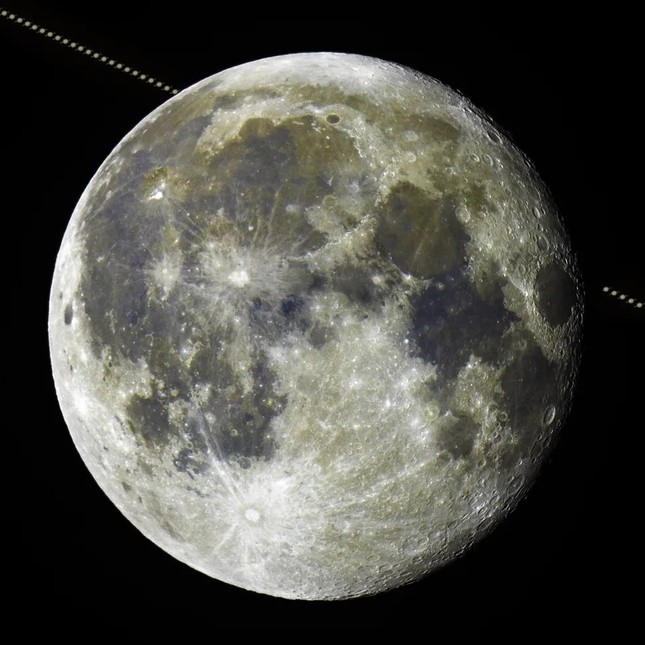 |
The Moon's total occultation of Saturn, captured by astrophotographer Josh Dury. |
In the early morning, the moon occulted—or completely passed in front of Saturn, seemingly blocking out Saturn's light for more than an hour. This rare occultation of Saturn is only visible from parts of South America, Europe, and Africa. Astrophotographer Josh Dury was lucky enough to capture the entire event from Somerset, UK.
Taken between 4 and 5:30 a.m. local time (roughly 11 p.m. and 12:30 a.m. ET), Dury's photos combine 30 individual images into a single time-lapse, capturing the entire eclipse.
Saturn's rings are clearly visible as it passes behind the full moon's northwest edge, reappearing in the east about an hour later. Although the two objects appear to be standing together in the sky, Saturn is actually hundreds of millions of miles away, making the occultation a cosmic optical illusion similar to a solar eclipse.
At perigee, the moon may appear about 15% larger in diameter than at its farthest point from Earth (aphelion) and may also look significantly brighter, according to NASA.
July’s full moon is the first of four consecutive supermoons, giving skywatchers plenty of opportunities to see it. A pair of stargazing binoculars or a good small telescope will be enough to make the most of the upcoming close-ups of the Moon.
If you missed last week’s Saturn eclipse, you may have a chance to see the next one in September, depending on where you live. Early on the morning of September 17, the Moon will appear to “swallow” Saturn again. This time, viewers in parts of Australia and the western United States will have the best view.
It's been a busy month for skywatchers, with dazzling auroras, planetary conjunctions and the Perseid meteor shower. Last week, astrophotographer Dury also trekked to Scotland's Stonehenge to capture dozens of "shooting stars" falling on the ancient monument.
There are still plenty of sky-watching events to look forward to in 2024, including some of the year's best meteor showers.
According to Live Science
Source: https://tienphong.vn/doc-dao-khoanh-khac-sieu-trang-xanh-nuot-chung-sao-tho-post1666371.tpo


![[Photo] Students of Binh Minh Primary School enjoy the full moon festival, receiving the joys of childhood](https://vphoto.vietnam.vn/thumb/1200x675/vietnam/resource/IMAGE/2025/10/3/8cf8abef22fe4471be400a818912cb85)




![[Infographic] Notable numbers after 3 months of "reorganizing the country"](https://vphoto.vietnam.vn/thumb/1200x675/vietnam/resource/IMAGE/2025/10/4/ce8bb72c722348e09e942d04f0dd9729)
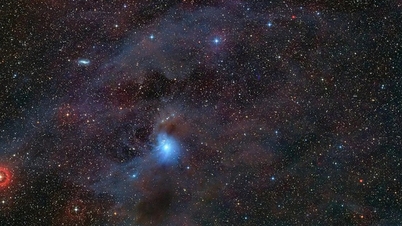

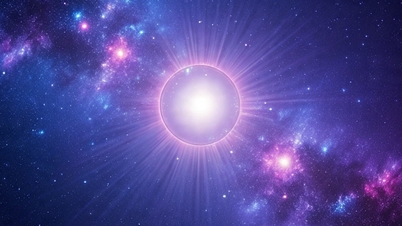

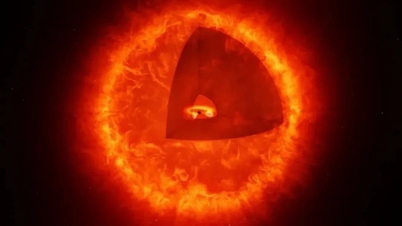

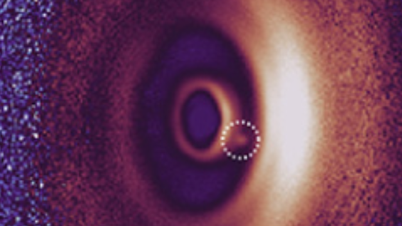




















![[Photo] Prime Minister Pham Minh Chinh chairs meeting to deploy overcoming consequences of storm No. 10](https://vphoto.vietnam.vn/thumb/1200x675/vietnam/resource/IMAGE/2025/10/3/544f420dcc844463898fcbef46247d16)




































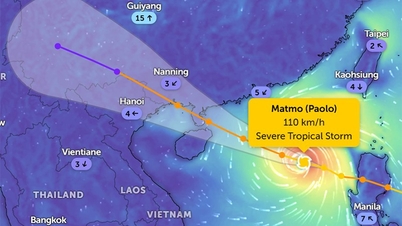


![[Infographic] Notable numbers after 3 months of "reorganizing the country"](https://vphoto.vietnam.vn/thumb/402x226/vietnam/resource/IMAGE/2025/10/4/ce8bb72c722348e09e942d04f0dd9729)































Comment (0)